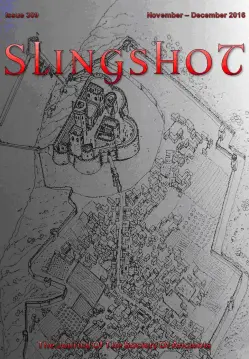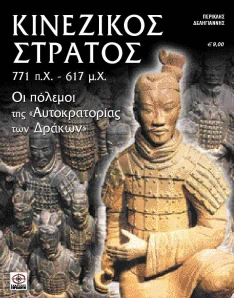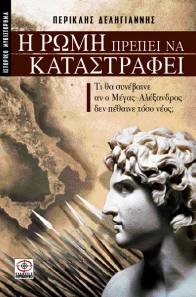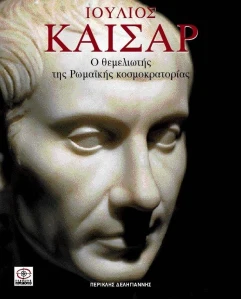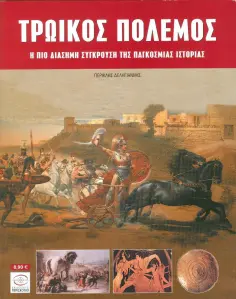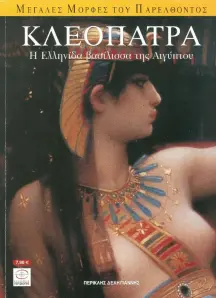A fine representation of Constantinople (aerial view). I do not know the creator, although I’m thinking of a French artist who is an expert on this topic. Felicitations to the creator for his work.
Aerial view of Constantinople: Urban planning
23/12/2021
Uncategorized Architecture, Byzantine, Byzantine Empire, Byzantium, civil engineering, Constantinople, Engineering, Βυζάντιο, Βυζαντινή αυτοκρατορία, Βυζαντινοί, Κωνσταντινούπολη, Πολεοδομία, μηχανική, urban planning Leave a comment
Book Review: The Decline of Medieval Hellenism in Asia Minor and the Process of Islamization from the 11th through the 15th Century by S. Vryonis, University of California Press
26/11/2018
Uncategorized Asia Minor, Book Review, Byzantine, Byzantine Empire, Byzantium, Constantinople, Islamization, Medieval Hellenism, medieval warfare, Military history, Roman Empire, Romans, Rome, UNIVERSI'I'Y OF CALIFORNIA Leave a comment
The loss of Asia Minor is often seen as the most decisive factor in the fall of the Byzantine Empire. Asia Minor was the territorial core of the empire during the Middle Byzantine Era. It was a wealthy and populous country of many millions of inhabitants, the main source of resources, raw materials, human resources, employees and soldiers for the Byzantine Empire. Its loss was, indeed, a major cause for the collapse of the Empire. However, this collapse was due to higher and wider political, social, economic, military, religious, ethnological and other negative parameters which in the first place led to the fall of Byzantine Asia Minor and then to the fall of the other imperial territories and eventually of the capital itself. More
Κωνσταντινούπολη, Βασιλίς πόλεων
22/03/2017
Uncategorized Architecture, Byzantine, Byzantine Empire, Byzantium, civil engineering, Constantinople, Engineering, Βυζάντιο, Βυζαντινή αυτοκρατορία, Βυζαντινοί, Κωνσταντινούπολη, Μηχανική, Πολεοδομία, urban planning Leave a comment
Η παρούσα ανάρτηση αφορά τις εντυπωσιακές αναπαραστάσεις της Κωνσταντινούπολης, της ‘Βασιλίδος πόλεων’, από τον σημαντικό Γάλλο καλλιτέχνη Antoine Helbert. Εντυπωσιάσθηκα ιδιαίτερα από τις διατομές του και τις απόψεις από αέρος. Οι ακόλουθες αναπαραστάσεις περιλαμβάνουν πέντε απόψεις της Πόλης από αέρος (οι οποίες απεικονίζουν μεταξύ πολλών άλλων κτισμάτων, τον Ιππόδρομο, την Αγία Σοφία κ.α.), δύο διατομές της Αγίας Σοφίας (από τις οποίες η μία είναι λεπτομέρεια της άλλης), διατομές του Βουκολέοντος ήτοι του παράκτιου αυτοκρατορικού παλατίου, και του Περιστυλίου του Μεγάλου Παλατίου, τα τείχη της Πόλης το 1204 όταν οι Σταυροφόροι είχαν στρατοπεδεύσει μπροστά τους, και τέλος τη σκληρή μάχη εναντίον των Οθωμανών στην πύλη του Αγίου Ρωμανού το 1453.
© Τα πνευματικά δικαιώματα των ακολούθων αναπαραστάσεων ανήκουν στον Antoine Helbert.

.
Constantinople, Queen of cities: Architecture (part IΙ)
26/02/2017
Uncategorized Architecture, Byzantine, Byzantine Empire, Byzantium, civil engineering, Constantinople, Engineering, Βυζάντιο, Βυζαντινή αυτοκρατορία, Βυζαντινοί, Κωνσταντινούπολη, Μηχανική, Πολεοδομία, urban planning 1 Comment
Constantinople, Queen of cities: Architecture (part I)
26/02/2017
Uncategorized Architecture, Byzantine, Byzantine Empire, Byzantium, civil engineering, Constantinople, Engineering, Βυζάντιο, Βυζαντινή αυτοκρατορία, Βυζαντινοί, Κωνσταντινούπολη, Μηχανική, Πολεοδομία, urban planning 1 Comment
Today I’ m posting the impressive representations of Constantinople, the Byzantine ‘Queen of cities’, by Antoine Helbert, a French artist. I was impressed mostly by his cross-sections and aerial views. The following representations include five aerial views of Constantinople (depicting among many other features the Hippodrome, the cathedral of Aghia Sophia and many others), two cross-sections of Aghia Sophia (the one being a detail of the other), cross-sections of Boukoleon being the royal palace by the sea, and the Peristylion of the central grand palace and its hall, the walls of the city in 1204 when the Crusaders camped in front of them, and finally the battle at the gate of St. Romanos in 1453 when the city was besieged and captured by the Ottomans.
.
© Credit/copyright of the following representations belongs to Antoine Helbert.




